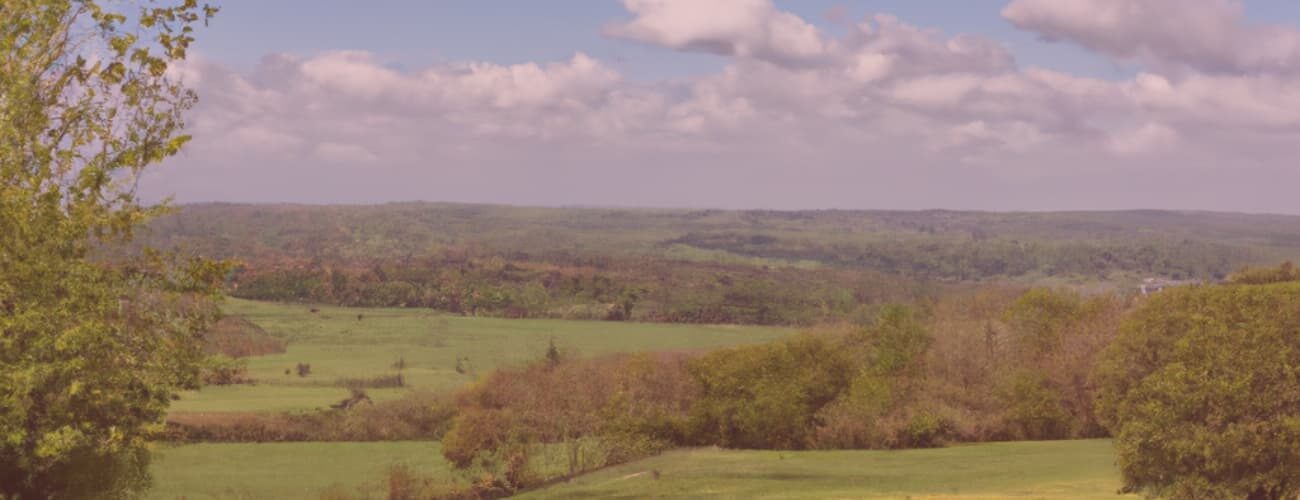• (Caution: Contains spoilers for Episode: 13×02: The Sword of Guillaume) Diesen Beitrag gibt es auch auf Deutsch. • To begin with, there is a disappointment: The Sword of Guillaume mentioned in the episode is as fictitious as Sir Richard Guillaume himself. And there is no connection between the Battle of Hastings and Brighton….
Category: Epochs
Public Footpaths
• (Caution: Contains spoilers for Episodes: S02E03: Dead Man’s Eleven, S09E02: Dead Letters, S13E02: The Sword of Guillaume, and S14E04: The Oblong Murders) Diesen Beitrag gibt es auch auf Deutsch. • The Barnaby family are looking for a new place to live in Fletcher’s Cross and have a bite to eat in the Queen’s…
Witch-Hunting in Midsomer County
• (Caution: Contains spoilers for Episodes: S05E02: A Worm in a Bud, and S07E06: The Straw Woman) Diesen Beitrag gibt es auch auf Deutsch. • Witch-hunting is not a medieval invention. It was not until the early modern period, i.e. the 15th and 16th centuries, that the persecution and condemnation of women who did not…
Doom Paintings
• (Caution: Contains spoilers for Episode: S16E02: Let us prey) Diesen Beitrag gibt es auch auf Deutsch. • Towards the end of the 11th century, people began to worry – again, it must be said – that the world was coming to an end and that the Last Judgement was imminent. Scholars kept calculating…
Sports History in Midsomer, pt. 2: Other Sports
As well as playing a lot of cricket, Midsomer has been very successful in chess, Formula 1 and boxing. The famous boxing match of 1860 is a topic for another time: here we look at chess and F1 first. • (Caution: Contains spoilers for Episodes: S06E01: A Talent of Life, S08E02: Dead in the…
Saint Frideswide
• (Caution: Contains spoilers for Episode: S12E04: The Glitch) Diesen Beitrag gibt es auch auf Deutsch. • The Midsomer Cycling Club from Aspern Tallow – adults and young people – often go cycling, today along the old pilgrim route to an old church ruin. On the top of a hill they take a short…
Jane Austen & Baroness Orczy in Midsomer County
• (Caution: Contains spoilers for episodes: S10E07: They Seek Him Here, & S19E05: Death by Persuasion) Diesen Beitrag gibt es auch auf Deutsch. • The idyllic landscape of Midsomer County is well known. No wonder Jane Austen and Baroness Emma Orczy, two famous writers, are said to have stayed here. Or is that just…
Sports History in Midsomer, pt. 1: Boxing
• (Caution: Contains spoilers for Episode: S13E06: The Noble Art) Diesen Beitrag gibt es auch auf Deutsch. • Cricket is played in many episodes – even actively by Sergeants Gavin Troy and Ben Jones – but unfortunately the history of cricket is never discussed, and football is completely absent. However, there are mentions of…
Debt of Lies & Painted in Blood – Midsomer’s Bank Heists
Two episodes of Midsomer Murders focus on fictional robberies in Midsomer County. Rugged Edge in ‘Painted in Blood’ (S06E03) and the Goldman Forbes heist in ‘Debt of Lies’ (S23E02). Both took place in the 1990s, in 1993 and 1998 respectively. – Caution: Contains spoilers for these episodes.) Diesen Beitrag gibt es auch auf Deutsch.
William Tyndale
• (Caution: Contains spoilers for Episodes: S11E05: The Magician’s Nephew) Diesen Beitrag gibt es auch auf Deutsch. • Tom Barnaby, wearing a black coat and a burgundy shawl, enters a church in search of Aloysius Wilmington, and discovers him kneeling in front of the communion pew in the nave, sorting. Aloysius Wilmington is also…

